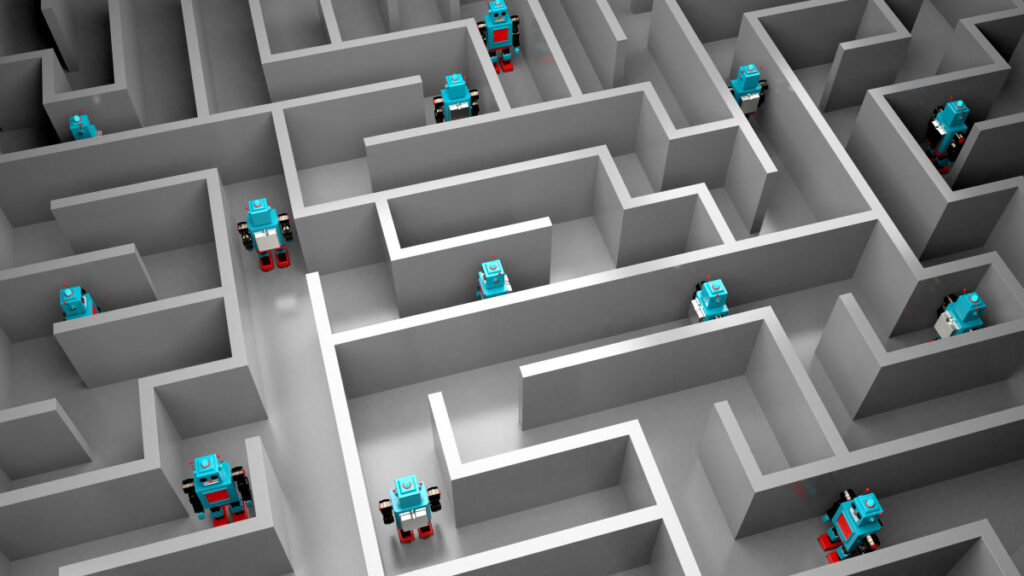Address
33-17, Q Sentral.
2A, Jalan Stesen Sentral 2, Kuala Lumpur Sentral,
50470 Federal Territory of Kuala Lumpur
Contact
+603-2701-3606
info@linkdood.com
Address
33-17, Q Sentral.
2A, Jalan Stesen Sentral 2, Kuala Lumpur Sentral,
50470 Federal Territory of Kuala Lumpur
Contact
+603-2701-3606
info@linkdood.com

Cloudflare has once again pushed the envelope on artificial intelligence with its latest experiment—a system that seems to turn AI against itself by generating an endless stream of irrelevant facts. This bold project isn’t just a quirky diversion; it serves as a window into the unexpected behaviors of AI when left to roam free, and it raises important questions about the nature of machine-generated content and its potential applications in cybersecurity and creative digital experiences.

At its core, the Cloudflare experiment leverages advanced deep learning models designed to generate text. By feeding the output of one AI cycle back into the system, the process creates a self-perpetuating loop where each iteration produces facts that, while grammatically sound, lack a coherent or relevant context. This recursive mechanism essentially causes the AI to “lose its way” in a labyrinth of information, resulting in a constant cascade of disconnected statements.
Though the project may appear whimsical, it has practical implications that extend beyond amusement:
While Cloudflare’s project exposes some of the inherent quirks of current AI technology, it also opens the door for further research. Key areas for future exploration include:

Q: What exactly is the Cloudflare AI experiment about?
A: The experiment involves an AI system that recursively processes its own output to generate an endless stream of irrelevant facts. This self-referential loop exposes the limitations of AI in maintaining context and coherence when left without strict guidelines.
Q: What are the potential benefits of generating irrelevant facts using AI?
A: While it may seem counterintuitive, this approach has potential applications in cybersecurity (by obfuscating data and confusing bots), as well as in creative digital art and research into AI behavior. It helps researchers understand the boundaries of AI creativity and the importance of contextual inputs.
Q: Could this technology have practical applications beyond being a novelty?
A: Yes, beyond its novelty, the technique could be used to develop security measures that protect sensitive information by generating distracting or misleading data. It also offers a unique tool for studying AI limitations and improving future models to better balance creativity with coherence.
Cloudflare’s latest experiment is a fascinating look into the unpredictable world of AI-generated content. By intentionally allowing AI to wander into irrelevance, the project challenges us to rethink how we guide and regulate machine intelligence. Whether for cybersecurity, artistic exploration, or scientific research, understanding these quirks is essential as we continue to integrate AI into our digital lives.
Sources ARS Technica